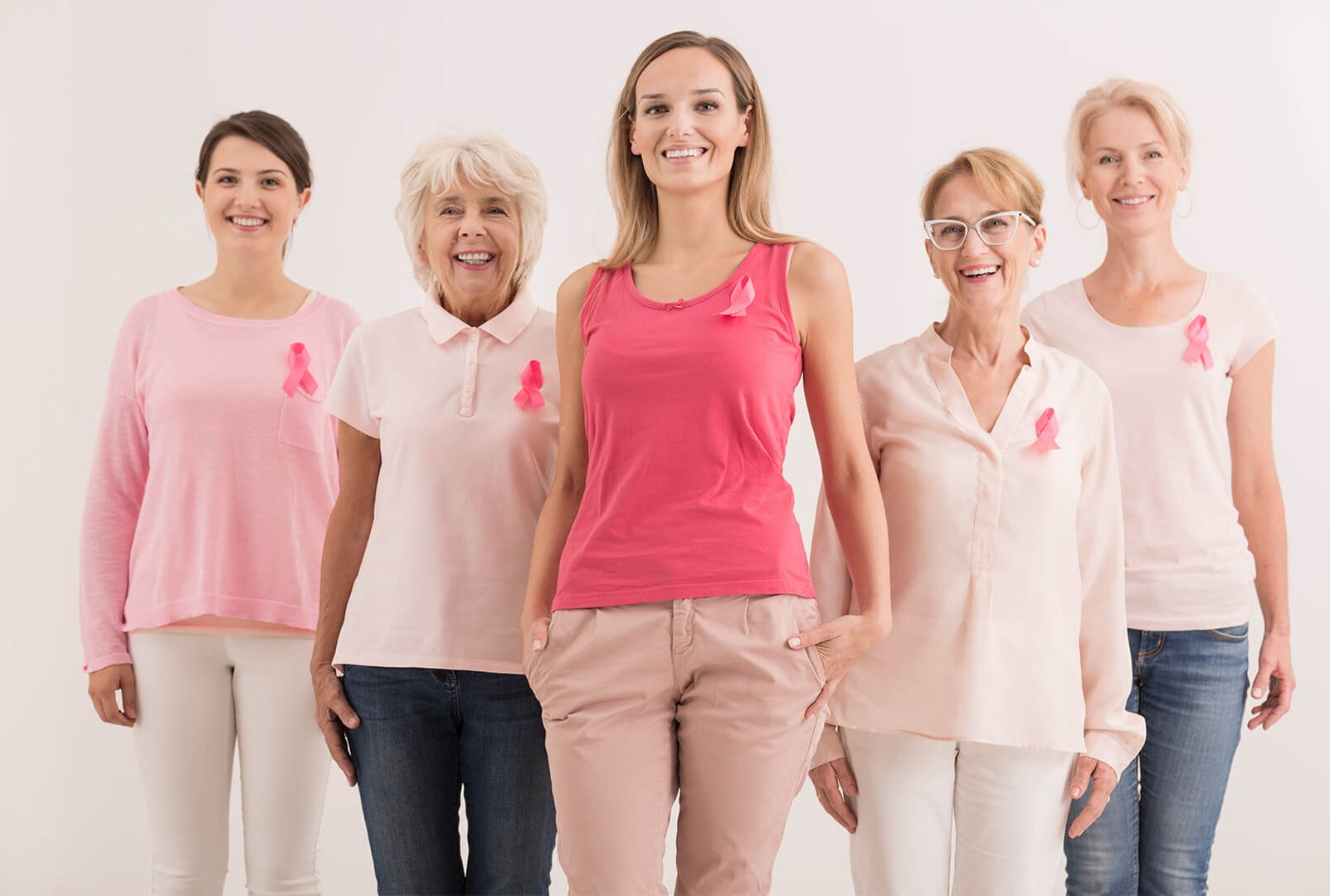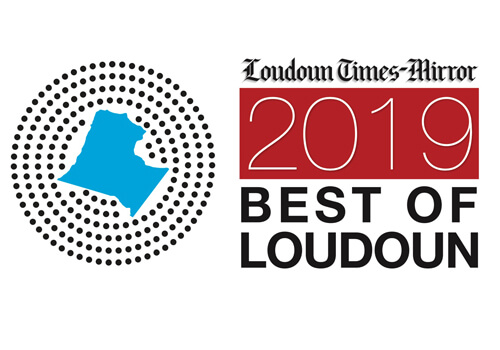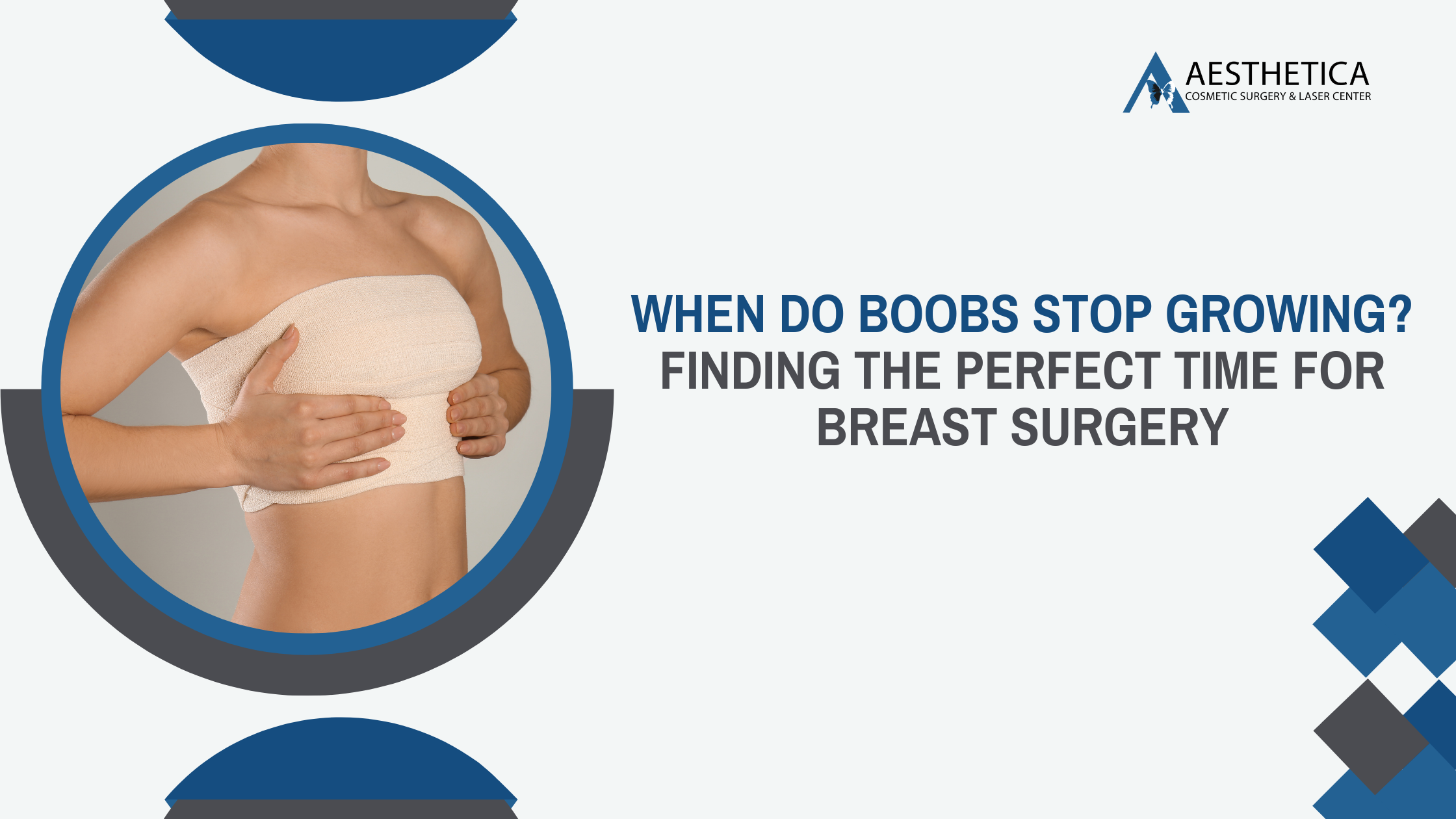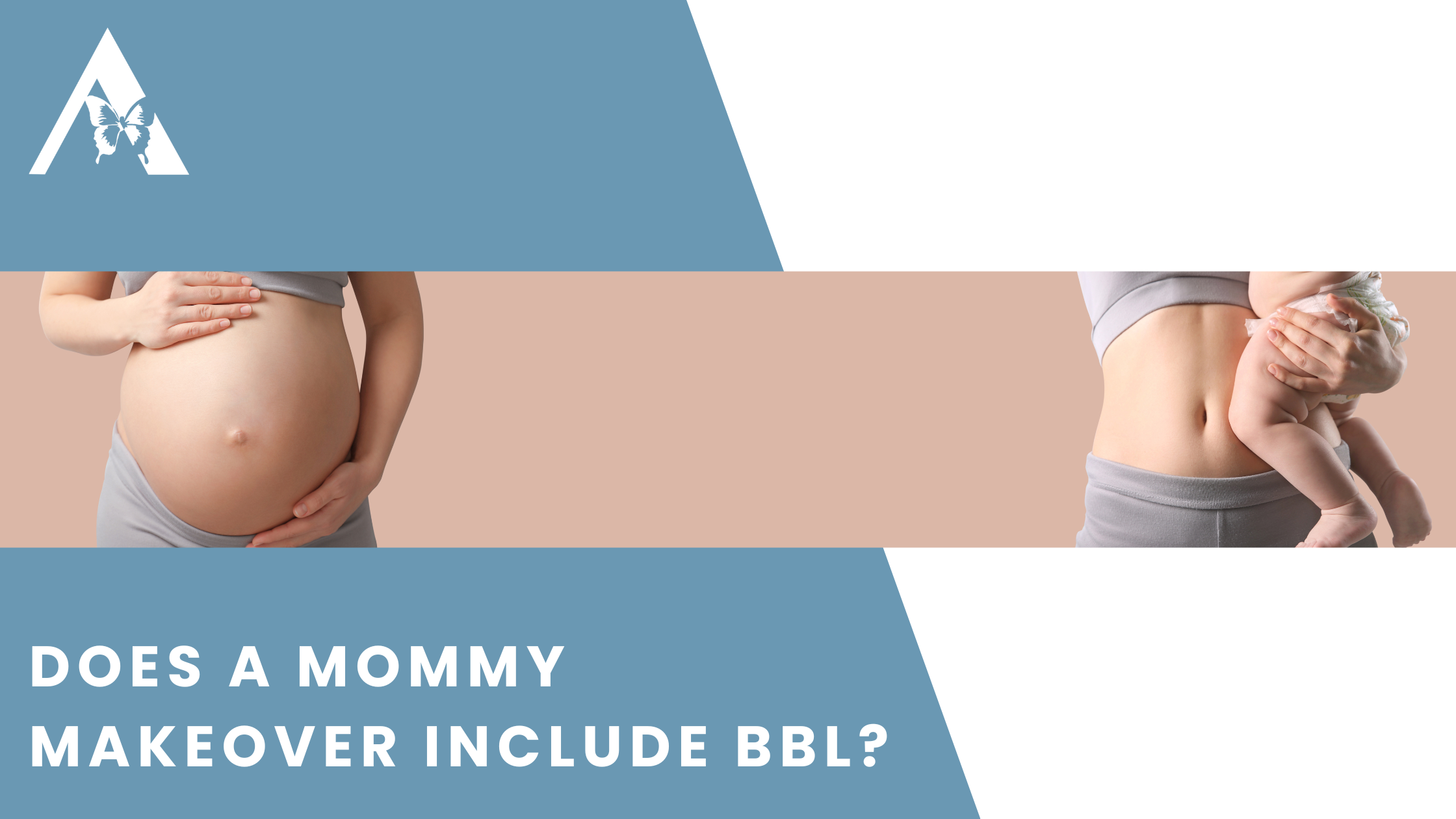FDA and Breast Implants – No Ban11 min read


Dr. Phillip Chang
Board Certified By The American Board of Plastic Surgeons.
Voted Top Plastic Surgeon in Loudoun, Virginia
Offices in Leesburg, Virginia.



The FDA has recently weighed in on the safety of some types of breast implants distributed in the United States. They expressed that although there is a very small risk for developing a rare form of breast cancer called anaplastic large cell lymphoma or ( BIA-ALCL ), the risk seems appears to be small and mostly isolated to TEXTURED breast implants.
According to their most recent statement, the FDA won’t ban textured breast implants, but they will increase efforts to collect and disseminate information about risks involving the device.
Other recent reports have supported the FDA finding. In fact, of the several major published studies from various countries that have formally investigated the risk of breast cancer among augmentation mammaplasty patients, none show any evidence of increased risk. In fact, most find lower than expected risk.
Aside from from the use of textured implants, breast implants are not associated with an increased risk of breast cancer incidence or death, and these patients do not experience delayed detection or poorer post-breast cancer survival.
Popularity: Smooth versus Textured Implants in the United States
Breast augmentation using breast implants is one of the most popular cosmetic surgery procedures in the U.S. and around the world. About 400,000 women a year get breast implants in the United States. Of those, 75% get breast implants for cosmetic reasons. The remaining 25% get breast implants for reconstruction after breast cancer.
Women have the choice of various breast implants options during their consultation. In addition to the size of the breast implant, a woman has the choice of saline or silicone implants, shaped or round implants, and textured or round breast implants. For example, going into surgery, a woman might choose a 350cc smooth round silicone filled breast implant.
In the United States, the vast majority of breast implants placed are smooth, non-textured breast implants. Comparatively, Europe and the rest of the world commonly use textured breast implants over smooth breast implants.
The safety of breast implants has recently made the news with reports that breast implants may cause breast cancer. Note that the risk for cancer in the breast appears to be isolated to TEXTURED breast implants. Further, the identified cases were a form of lymphoma: that is not breast cancer. The VAST majority of large studies show that there is no risk of breast cancer from breast implants; in fact, there is a slight decrease of breast cancer in some of these studies.
There are NO KNOWN CASES associated with SMOOTH round breast implants. All the known cases of ALCL have been in cases where a TEXTURED implant has been used.
Textured Breast Implants Unneccesary
Textured implants were originally created with a rough textured surface. The goal was to increase surface area and tension, thereby possibly decreasing the potential for developing an abnormally thick capsule around the breast implant. That was at least the theory. This theory has been largely discredited.
Textured implants were also created to prevent a breast implant from rotating or moving inside of the breast pocket, particularly for anatomic or tear-drop shaped breast implants. Anatomic implants are created taller than they are wide in order to re-create the natural shape of a woman’s breast. Because the implant is taller than it is wide, it is important that they do not rotate. Textured implants were designed to prevent that rotation.
But, I would argue that anatomic tear-drop shaped implants implants are not necessary and even wrong in most women. Because the implants are flatter at the top of the implant vs the bottom half of the implant, it exaggerates the flat upper pole of a woman’s breast. Women, particularly after children need upper pole fullness to provide cleavage. Since anatomic tear-drop shaped implants are the wrong choice in most cases, the need for textured implants is largely eliminated along with the primary concern for cancer.
No Reports Connect Breast Cancer and Smooth Implants
In 2011, the FDA first reported about the risk of developing a rare form of lymphoma called anaplastic large cell lymphoma ( BIA-ALCL ) in women who have had breast augmentation. Further studies have defined that the risk seems to be isolated ONLY to women who have had TEXTURED breast implants.
Textured breast implants are commonly used in women who require breast reconstruction after mastectomies or in the past by some surgeons hoping to use the implant type to prevent capsular contractures. (For the record, I have NEVER used a textured breast implant for my patients.)
There has never been a report of the development of BIA-ALCL in a patient who has a smooth-shelled breast implant. Further, several major published studies from various countries that have formally investigated the risk of breast cancer among breast augmentation patients, have NOT shown any evidence of increased risk. In fact, most find lower than expected risk.
Aside from from the use of textured, breast implants are not associated with an increased risk of breast cancer incidence or death, and these patients do not experience delayed detection or poorer post-breast cancer survival
What is the risk of developing breast cancer BIA-ALCL in patients with textured breast implants?
Several recent publications have estimated the risk of developing BIA-ALCL in individuals with textured breast implants. According to current estimates, BIA-ALCL may develop in 1 in between 3,817 to 30,000 women with textured breast implants.
Breast Cancer and Saline or Silicone Implants
According to Susan Komen, a prominent breast cancer advocate, neither saline nor silicone breast implants appear to increase breast cancer risk. The organization, along with others, reviewed a meta-analysis study that combined the results from 10 studies found and found no increase in breast cancer risk among women with breast implants. In fact, many of the studies showed a lower risk of breast cancer among women with implants.
What does the FDA say about breast cancer and breast implants?
According to an FDA report released in 2016, individuals with breast implants have a small risk of developing breast implant-associated anaplastic large cell lymphoma, or BIA-ALCL.
According to the report, BIA-ALCL is a form of non-Hodgkin’s lymphoma which is different from breast cancer. Specifically, the World Health Organization has designated it as a T-cell lymphoma. It is most often found in the scar tissue and fluid near the implant and can potentially spread throughout the body in some cases.
The FDA concluded that it’s difficult to precisely define the risks because so little information exists about the number of patients who have undergone breast augmentation in both the United States and the rest of the world.
The most recent update from the FDA came in May 2019. The agency said it won’t take that action now but will increase efforts to collect and disseminate information about risks involving the device.
According to Amy Abernathy, the FDA principal deputy commissioner, and Jeff Shuren, the director of the agency’s Center for Devices and Radiological Health, the FDA does not believe that the product — a kind of textured implant — meets the legal standard for being banned at this time.
They also stated that the majority of women who develop the implant-related cancer have TEXTURED implants, but there are some cases in which cancer patients have implants with smooth surfaces. In many of the lymphoma cases, the agency doesn’t know whether the implants were smooth or textured.
There are NO KNOWN CASES associated with SMOOTH round breast implants. All the known cases of ALCL have been in cases where a TEXTURED implant has been used
FDA recommendations to health care providers
1. Prophylactic removal of breast implants is not necessary
2. Patients should be informed to seek advice if they show evidence of pain, lumps, swelling, breast assymetry, or the development of a fluid collection (seroma) around the breast implant.
3. Rule out BIA-ALCL by sending both fresh seroma fluid and representative portions of the capsule for pathology tests.
4. Be sure to report confirmed cases of ALCL in individuals with breast implants to the FDA through MedWatch.
5. Be sure to send case reports to the Plastic Surgery Foundation’s PROFILE registry.
FDA recommendations to patients
1. Take the time to learn about the different types of breast implants before undergoing an augmentation procedure.
2. Keep in mind BIA-ALCL appears to develop more frequently in individuals with textured implants than in people with smooth-surfaced implants. The cost and benefits of textured vs smooth implants is a great topic to bring up with your health care provider!
3. Expect swelling and pain after immediately following your surgery. But if you’ve recovered and you notice your breasts look or feel different (i.e. you feel swelling or pain where the implant is located), you should talk to your health care provider about the possibility of BIA-ALCL.
FAQs About Breast Implants and Breast Cancer
No, the only reported cases of breast cancer post-surgery is when textured breast implants are used. No recent studies have connect smooth implants and breast cancer.
Not exactly. It is a technically a cancer in the breast but not really a breast cancer . The distinction is that the cells that form the cancer are not breast cells. BIA-ALCL is a type of non-Hodgkins lymphoma; it is a cancer of the immune system.
I would argue that in most cases textured implants are unnecessary to achieving your desired aesthetic. Textured implants are largely used for anatomic or tear-drop shaped implants to prevent them from rotating in the breast pocket. But, tear-drop shaped implants are the wrong look for most women.
No, according to Susan Koman. In fact, the organization found that many studies show a LOWER risk of breast cancer among women with implants.
Not at this time. According to FDA representatives, they don’t meet the legal standard for banning at this time.
Absolutely contact your health care provider. Some swelling and pain is to be expected after surgery. If you feel any lumps or bumps that are not normal to your breast tissue however you may require some imaging just to be on the safe side. Follow up with your breast surgeon and your health care providers.
Educate yourself and contact us. We would be happy to help you weigh the pros and cons of all the different breast implant options. We want to make these decisions as easy for you as possible!
Invitation
For those wondering whether breast augmentation might be the best cosmetic solution for you, we invite you to simply come in for a complimentary consultation with Dr. Chang or one of the cosmetic laser and injection nurses to explore whether you would make a good candidate. To find out more whether Aesthetica can help you, contact us online or at 703-729-5553 to arrange an appointment. Dr. Phillip Chang is a board-certified plastic surgeon in Northern Virginia near Leesburg, Virginia and an expert in a wide variety of cosmetic treatments.
What You Get
Innovations in cosmetic surgery, specials, referral program bonuses, and invitations to our free seminars
Sign Up For Our Newsletter
References
1. Hoshaw SJ, Klein PJ, Clark BD, Cook RR, Perkins LL. Breast implants and cancer: causation, delayed detection, and survival. Plast Reconstr Surg. 107(6):1393-407, 2001.
2. Brinton LA, Brown SL, Colton T, et al. Characteristics of a population of women with breast implants compared with women seeking other types of plastic surgery. Plast Reconstr Surg. 105(3):919-27, 2000.
3. U.S. Food and Drug Administration. Breast implant-associated anaplastic large cell lymphoma (BIA-ALCL). https://www.fda.gov/MedicalDevices/ProductsandMedicalProcedures/ImplantsandProsthetics/BreastImplants/ucm239995.htm, 2017.
4. Noels EC, Lapid O, Lindeman JH, Bastiaannet E. Breast implants and the risk of breast cancer: a meta-analysis of cohort studies. Aesthet Surg J. 35(1):55-62, 2015.
5. Lipworth L, Tarone RE, Friis S, et al. Cancer among Scandinavian women with cosmetic breast implants: a pooled long-term follow-up study. Int J Cancer. 124(2):490-3, 2009.
6. Deapen DM, Hirsch EM, Brody GS. Cancer risk among Los Angeles women with cosmetic breast implants. Plast Reconstr Surg. 119(7):1987-92, 2007.
7. Leberfinger AN, Behar BJ, Williams NC, et al. Breast implant-associated anaplastic large cell lymphoma: a systematic review. JAMA Surg. 152(12):1161-1168, 2017.
8. Pan SY, Lavigne E, Holowaty EJ, et al. Canadian breast implant cohort: extended follow-up of cancer incidence. Int J Cancer. 131(7):E1148-57, 2012.
9. McLaughlin JK, Lipworth L, Fryzek JP, Ye W, Tarone RE, Nyren O. Long-term cancer risk among Swedish women with cosmetic breast implants: an update of a nationwide study. J Natl Cancer Inst. 19;98(8):557-60, 2006.
10. Bryant H, Brasher P. Breast implants and breast cancer–reanalysis of a linkage study. N Engl J Med. 332(23):1535-9, 1995.
More Articles For You

What’s a Unit of BOTOX Anyway? | Aesthetica GoToBeauty
Have you ever heard about BOTOX and wondered what it’s all about? It’s like the

When Do Boobs Stop Growing? Finding the Perfect Time for Breast Surgery
Ever wondered when your boobs finally decide to take a break from growing? Or you’re
Are Silicone Injections in Buttocks Safe?
In today’s world, where the aesthetic appeal of one’s body can often feel as though

Does a Mommy Makeover Include BBL?
Many women look forward to the blessings of motherhood. Having a child is a very
